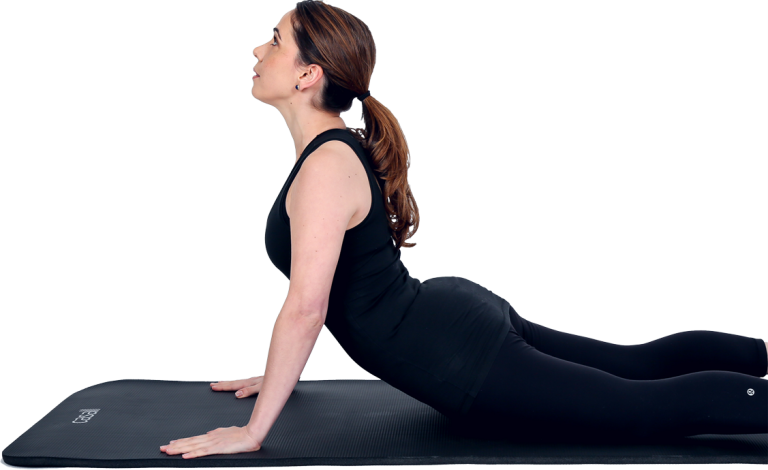To pursue your passion as a career is a gift that eludes most people. Successful pilates teachers are extremely lucky to make a living out of something that is fun and brings so much joy to both themselves and clients. Often, it is a second career which is great because this is a vocation where currency increases with age. Many teachers that I know have either had corporate jobs, teaching positions or dance careers. It gives the community a richness of diversity. However, it can make the transition tricky, especially at a time in life when you are supposed to have settled into a lifestyle and financial routine.
If you have decided to make a career change to pursue Pilates teaching, here are a few hints and tips to ease the transition:
1. Choose your teacher training provider carefully
This is so critical that it warrants its own blog post. It will be key particularly as a newly qualified teacher entering into the market. There are some big names in the UK that dominate the market and are generally seen as safe bets (Body Control Pilates, Stott, APPI). Then there are other training schools which are headquartered abroad and hold the same prestige in their home countries (Romana’s Pilates and The Pilates Center). You also have more fitness focused courses run by Future Fit, Ten Pilates and other providers that have added Pilates teacher training to their offering.
Take the time to do a little research on each, try to see past any marketing spiel and go and see the physical space where you will be training (once we are done with COVID restrictions obviously). Teacher training is time consuming, expensive and will take a lot of your energy so it’s worth knowing what you’re buying.
Pay special attention to the fact that bigger does not always mean better. Neither does more expensive.
2. Look closely at what your course includes
One of the biggest gripes of newly qualified teachers is paying a small fortune for a course and then finding out studios won’t have them on their books because their training isn’t fully comprehensive. Most course providers start off by training you in mat Pilates and your certification will be in mat pilates only. This is fine but if you’re looking for work in a big fully equipped studio then you’ll more than likely need reformer training as well as mat at the very least. Then you’ll need to add cadillac, barrels and chair.
Check what your course qualifies you teach and how much the add-ons will cost. Don’t feel obliged to stay with your original training provider either if it doesn’t work for you. I did my matwork at Body Control Pilates and went on to do all my equipment training with Lisa B Pilates Academy for Teachers because it was more personal, cost effective, included videos and is local to me.
Take all these multiple extra courses into consideration when starting out. That ties into the next point, how to finance the training.
3. How to finance it
Everyone’s situation will be different, so I can only speak to personal experience. I needed to work whilst I trained as I couldn’t afford to give up employment completely in my early 30s. I paid for my initial training with an HMRC tax rebate that came just at the right time and worked in the City whilst I trained. I cut down to part time when I started to teach and get my marketing materials together. Once I realised I could make a living out of teaching I left the office.
Working and training was exhausting but worth it for me. I was able to take advantage of paid annual leave, a good pension, and an opportunity to save money. This took away a lot of finance-related stress.
4. How to navigate being self-employed
Most pilates teachers start out as self-employed freelancers. There are some big studios which offer positions of employment but you’ll have to march to their beat, teach how they want you to teach etc. That was absolutely not what I wanted to do, so I took the self-employment route.
The step from being an employee to self employed can be daunting. I love being in control of my time and schedule and finances but it can be tricky. Navigating this means being financially savvy.
Some helpful things to consider before you take the leap are:
Hiring an accountant
A good accountant is worth their weight in gold but choose carefully. Your interests are not always aligned so be alive to the fact that they may want you to go a certain route because it means more fees for them. Trust your instincts and meet them either via video conference or in person. I used an accountant for two years and now I do it all myself.
Tax
You get hit twice a year if you’re self-employed, always save for your tax bill. Also note that you pay HMRC so that you have money on account with them.
Pensions
If you were previously employed and want to keep up your private pension, it’s now totally up to you. I still keep mine up, compound interest is the eighth wonder of the world.
Expenses
Work out what’s allowed keep your receipts! Here are the government guidelines to help you decide on what counts and what doesn’t: https://www.gov.uk/expenses-if-youre-self-employed.
5. Ignore the politics
The pilates world is riddled with politics, and it sadly starts with teacher training courses. Ignore all of it. Be nice, work hard and avoid falling down the rabbit hole of dogma.
E x

